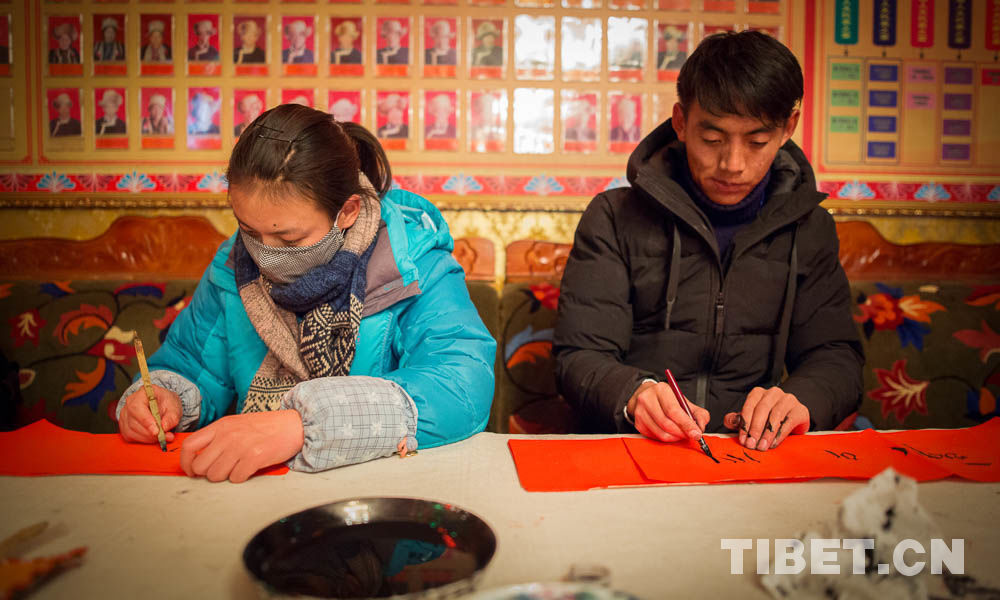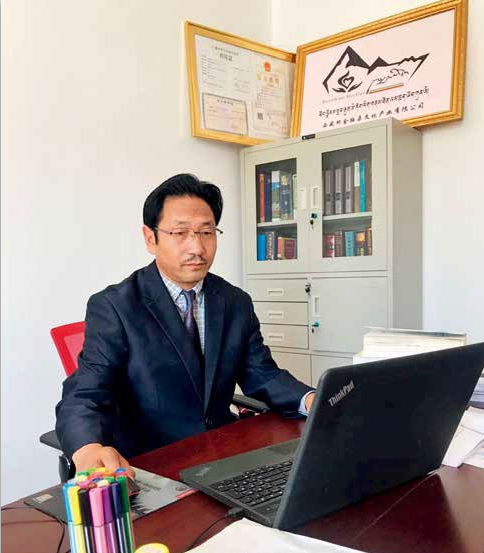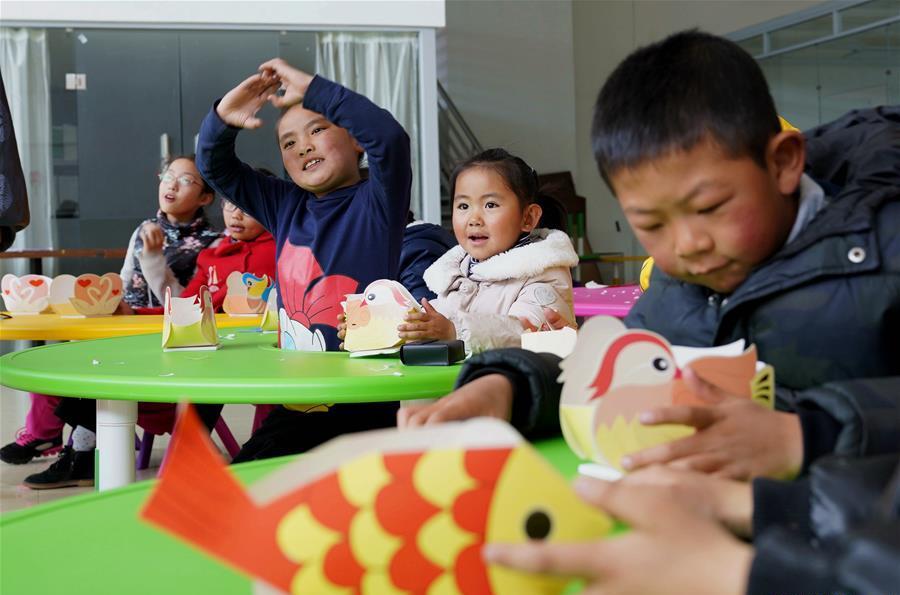Phalkor Monastery: Tibet’s king of pagodas
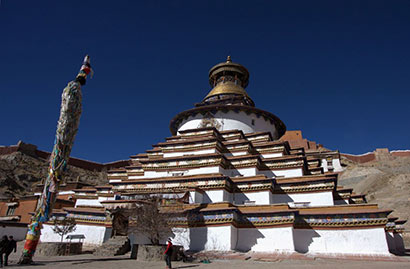
Phalkor Monastery in Tibetan language is referred to as "Palkhor Dechen", meaning "auspicious chakra monastery". It is located in the northeastern corner of Gyangze County with Lhasa roughly 230 kilometers to the south and Shigatse City roughly 100 kilometers to the east. It sits at an altitude of 3,900 meters.
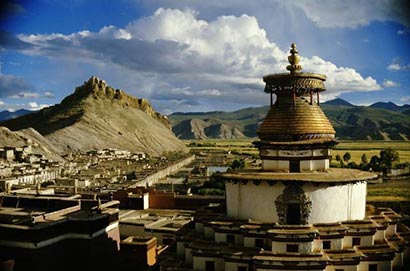
The construction of the Phalkor Monastery started in the second year of the Ming Emperor Xuan De (1427) and it took ten years to complete. It is a classic Tibetan Buddhist monastery building combining pagodas and temples. The architecture is fully representative of the classic Tibetan temple styles used in late 13th century to mid-15th century and is the only one still intact today. Because of the monumental nature of the large-scale building, it is known as the king of Tibet’s pagodas.
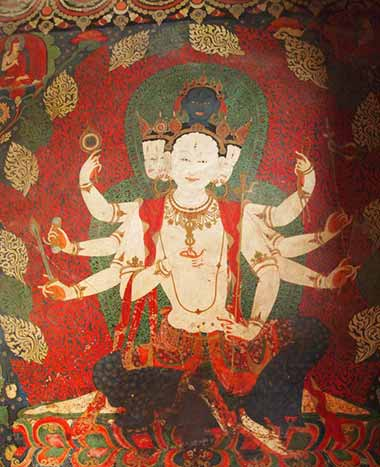
Murals in the Phalkor Monastery
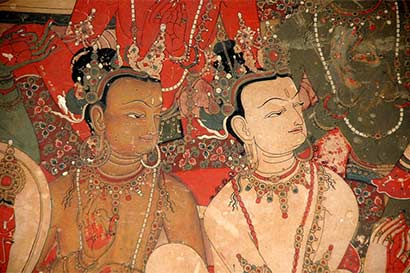
Murals in the Phalkor Monastery
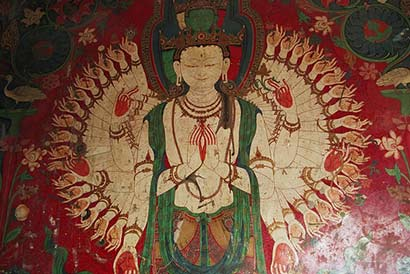
Murals in the Phalkor Monastery
Since Phalkor Monastery was established with each religious sect evenly matched, many different sects of the Tibetan Buddhism, such as Sakya, Gelug, Kadam and others are able to coexist peacefully in the monastery. Each sect in the monastery has five or six"Dratsangs(meaning a college in a Tibetan monastery)". The monastery currently has 16 Dratsangs, which gives the monastery a special status and influence in the history of Tibetan Buddhism.
Phalkor Monastery has a reputation for having "thousands of pagodas". Each pagoda has nine levels, reaching 32 meters in height; there are 77 Buddhist halls and 108 doors, shrines and scripture halls. It is a unique treasure in the history of Chinese architecture. There are more than 100, 000 painted Buddhist statues in the hall, hence the name "thousands of pagodas". Construction of the Phalkor Monastery's pagoda started in 1414 and took ten years and thousands of workdays to complete.
Phalkor Monastery mural comes in a number of different forms; the figures are colorful and when stood amongst them it can be a bewildering sight, like entering a magical Buddhist maze.
The mural masterpiece is concentrated around the auspicious gate tower and the monastery uses characteristic Kadam style white pagodas. It is a masterpiece of architectural art and also a treasure house of mural sculpture art. It is the most famous Buddhist pagoda in Tibet and is known as the king of pagodas. There are also a large number of murals inside the pagoda and their quality holds an irreplaceable position in the history of painting. There are 76 Buddhist halls surrounded the fourth level pagoda and all are painted with murals.
Your Comment
Name E-mail

